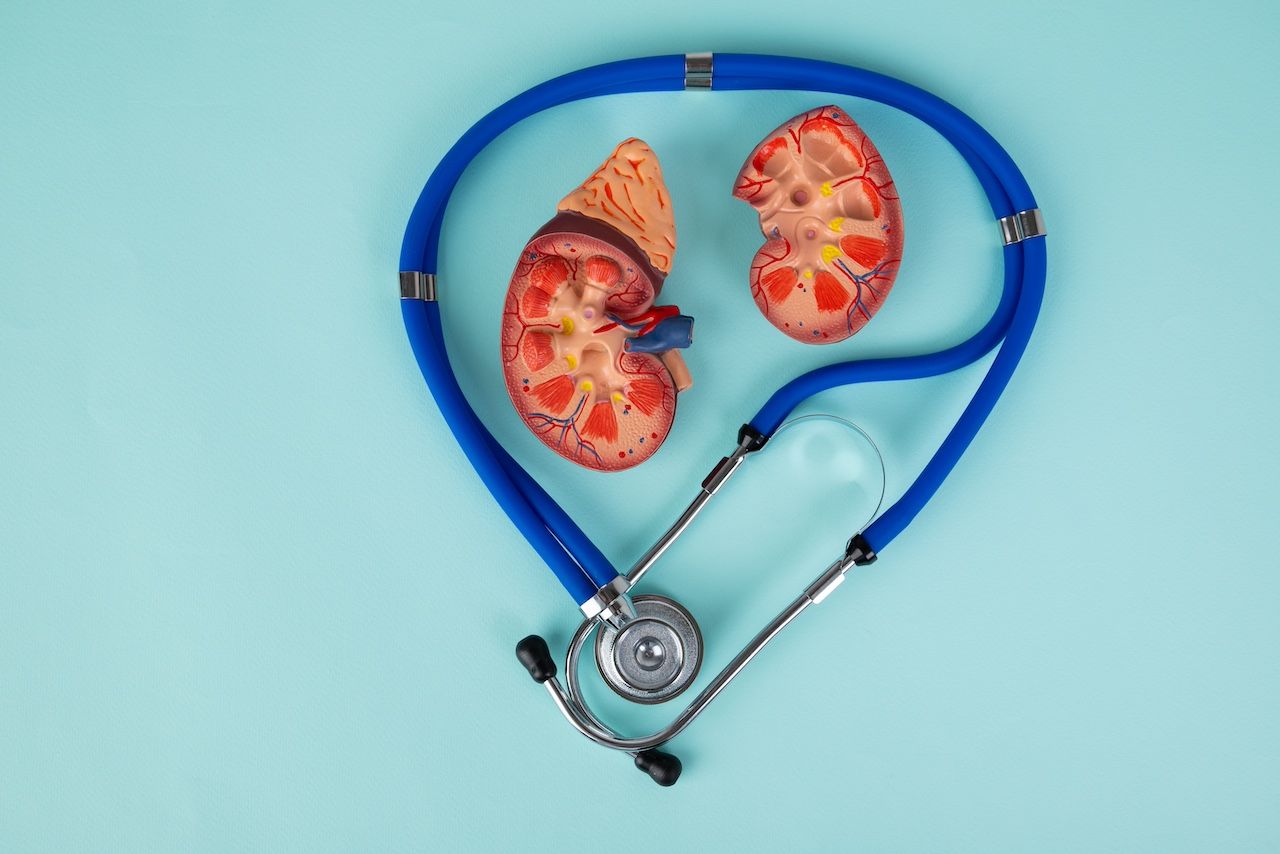- Center on Health Equity & Access
- Clinical
- Health Care Cost
- Health Care Delivery
- Insurance
- Policy
- Technology
- Value-Based Care
Researchers Emphasize Importance of Appropriate Kidney Transplant Management Based on PH Type
The group emphasizes the importance of management strategies that consider 5 types, or groups, of pulmonary hypertension (PH), including 4 types secondary to other conditions.
Researchers of a new study have outlined considerations and management strategies for patients with pulmonary hypertension (PH) undergoing kidney transplantation resulting from chronic kidney disease, a condition increasingly related to certain types of PH. They published these new findings in Turkish Journal of Nephrology.
The group emphasizes the importance of management strategies that take into account the type of PH, which includes Group 1 PH, also known as pulmonary arterial hypertension (PAH), and 4 groups secondary to other conditions: heart disease (Group 2), lung disease (Group 3), chronic thromboembolic disease (Group 4), and multifactorial (Group 5).
In particular, Group 5 PH is increasingly linked to other systemic disorders, chronic kidney disease among them. This association, explained the researchers, carries important implications for outcomes both before and after kidney transplantation.
Kidney and stethoscope | lmage credit: filins - stock.adobe.com

Although surveillance measures have not been standardized, echocardiograms—recommended at 3 months post transplant to determine pulmonary pressures—can be repeated every year or every other year if there is a history of elevated pulmonary pressures, defined as pulmonary artery systolic pressure above 50 mm Hg, prior to transplant. Right heart catheterization may be considered if elevated pulmonary pressure remains and/or there is indication of right heart strain.
“The most important management consideration is that the optimal therapeutic approach depends on which group of PH (Groups 1-5) the patient is diagnosed with. The importance of defining the underlying cause of PH before attempting targeted therapy cannot be overemphasized,” explained the researchers, underscoring the importance of implementing different management strategies for patients with PAH vs patients with Group 2-5 PH. “Group 1 patients are unique in that there are focused therapies that may improve outcomes in this group. These same therapies could be detrimental in other PH groups.”
For patients with PAH (Group 1 PH), the researchers wrote, management strategies should be personalized based on a variety of factors, including disease severity, patient preferences, and safety profile. With limited experience of treatments among these patients with kidney disease, the group underscored the importance of cautious dosing and titration, as well as close follow-up. Treatment can include anticoagulation for idiopathic PAH, calcium channel blockers in certain cases, and targeted therapies, which include endothelin receptor antagonists, prostacyclin, phosphodiesterase type 5 inhibitors, and soluble guanylate cyclase stimulators.
Among patients with Group 2 PH, the researchers noted that PAH-focused treatment is not recommended. Management strategies implemented according to American College of Cardiology and American Heart Association guidance is recommended for those with left heart dysfunction, and target increased ultrafiltration with dialysis is recommended for patients with volume overload. The latter is also recommended with patients with Group 5 PH with volume overload.
“Despite a lack of robust interventional data, the importance of optimizing volume status in patients with kidney failure cannot be overemphasized. The net result of chronic pressure and volume overload is the development of [left ventricular] systolic dysfunction and group 2 PH,” commented the researchers. “Chronic volume overload creates a vicious cycle with OSA [obstructive sleep apnea], (which may lead to hypoxia and group 3 PH), resistant systemic hypertension, increased central pressure, and [pulmonary artery pressure. In patients with renal failure, the rostral overnight fluid shift with decumbency is associated with increased risk of OSA.”
Management for patients with Group 3 hinges on oxygen therapy, explained the researchers, nothing that the treatment strategy should be given to all patients who are hypoxic.
Among patients with group 4 PH, anticoagulation and thrombectomy are recommended, with cautions of bleeding and surgical risks, respectively. Pulmonary endarterectomy and balloon pulmonary angioplasty are other considerations for these patients.
Reference
Lentine K, Levine D, Runo J, et al. Complexities and outcomes of pulmonary hypertension in kidney transplant patients: a comprehensive review. Turkish J Nephrol. Published online January 5, 2024. 2024;33(1):8-26.
Physician-Pharmacy Integration in Cancer Care: Pillars of Medically Integrated Pharmacy
December 16th 2025The foundation of medically integrated pharmacy includes 7 critical pillars. This commentary focuses on the benefits of 3 of those pillars: abandonment, adherence, and access/affordability.
Read More
